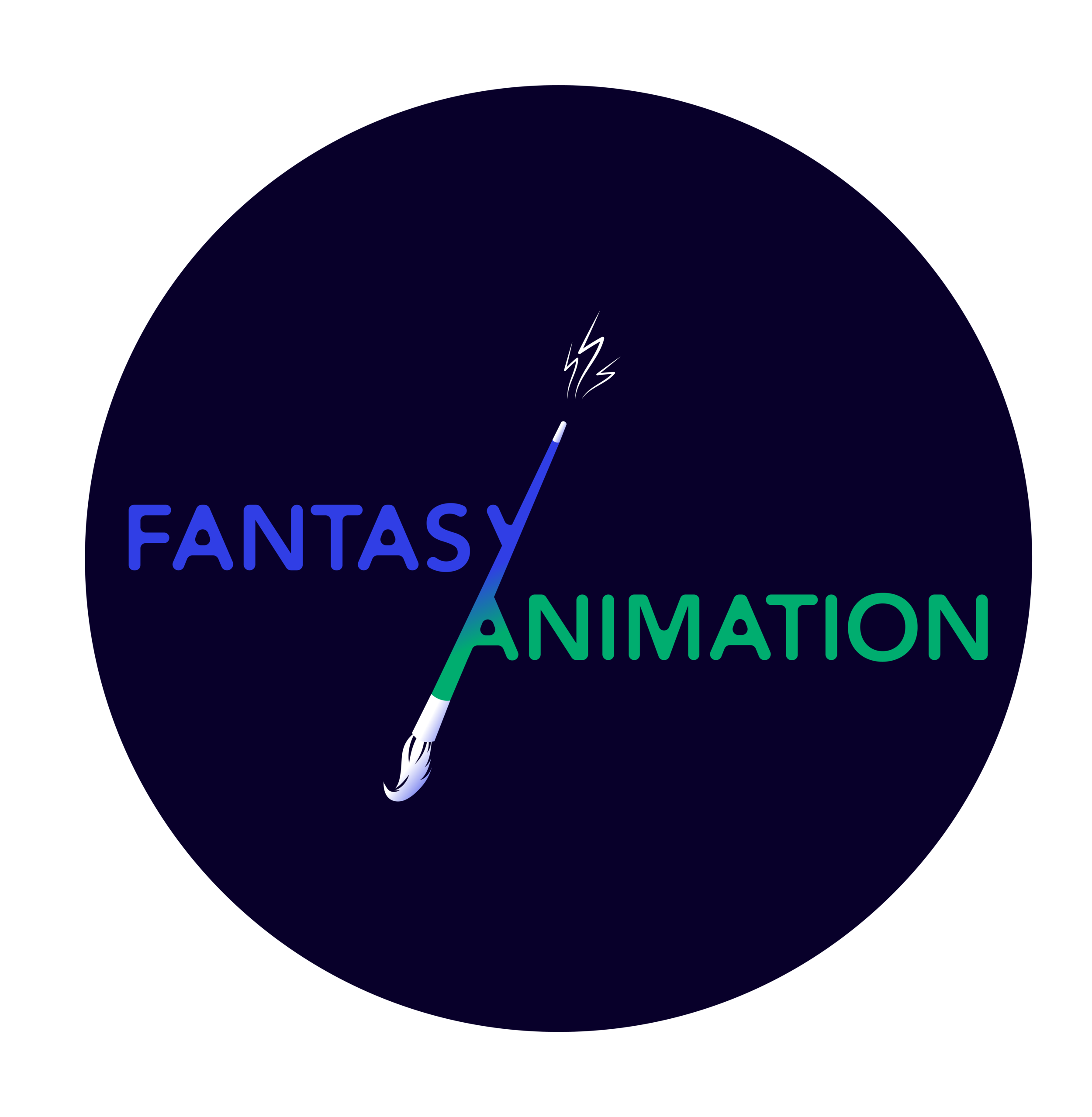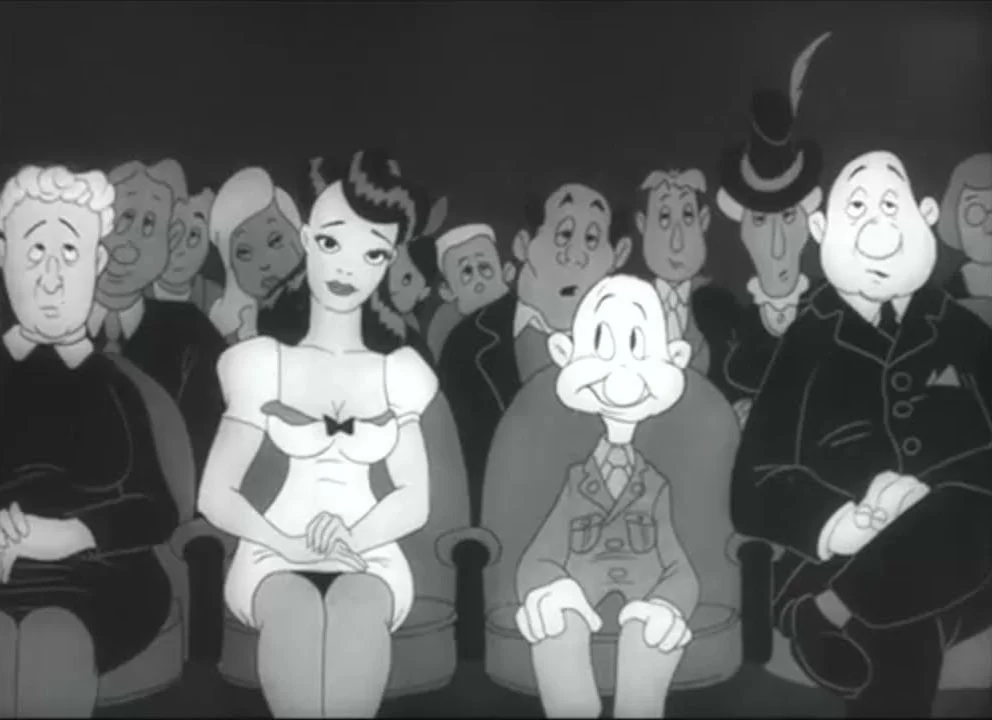The American government utilized the rising popularity of animated films during the 1930s and 1940s to curate several propaganda shorts during the Second World War. The Private Snafu series aired from 1943-1946 and followed the eponymous Private Snafu whose mishaps functioned as a cautionary tale against misbehaving in the military.
Read MoreChildren are frequently asked who or what they want to be when they grow up, and the possibilities can seem pretty endless. Racecar drivers and dolphin trainers, chefs, presidents, sometimes out and out supervillains – but also doctors and teachers, writers and artists. After my experience as a postdoctoral researcher with the European Research Council-funded research project Constructing Age for Young Readers (CAFYR) at the University of Antwerp, I have spent a lot of time wondering what we might hear if we were asked those same questions again while in our thirties, or even our forties. Who would we want to become? Who are we shown as inspiration for who we might be able to become?
Read MoreOn the evening of February 28th 2015 in an East Oakland neighborhood in northern California, Davon Malik Ellis was walking with a couple of his friends to the store from his football coach's home when he was stopped by a random stranger and shot to death. He was only 14 years old with a promising future in football. It was this random violent act that birthed the idea of the animated project Vonnworld: The Animated Series
Read MoreThe Snowman, produced by John Coates, turns forty this year. Remarkably, it has been a regular feature of Channel 4’s Christmas schedule since its first broadcast (an intriguing but important acquisition for the fledgling channel), taking its place within contemporary culture.
Read More“Try your best, because that’s the best anyone can do,” says Sebastian J. Cricket, one of Pinocchio’s mentors in the film. This quote aptly encapsulates the moral of Guillermo del Toro’s Pinocchio (2022) (Fig. 1). An adaptation of the 1883 tale, Pinocchio transports the story to 1930s fascist Italy, firmly under the thumb of dictator Benito Mussolini.
Read MoreThe overall argument of Matthew Oliver’s Magic Words, Magic Worlds (2022) is that the style of epic fantasy shapes readers’ experiences in what he broadly calls “political ways” (26). Politics here includes the identity positions that authors, readers and characters can take, and empathy is discussed as one of the prime mechanisms facilitating such political involvement.
Read MoreAt the beginning of 2022, the film industry news reported that writer-director Robert Zemeckis was already preparing a follow up to his then-upcoming Pinocchio (2022) with another fantasy movie, albeit one that might be described as a little more ‘sombre’ in tone, being an adaptation of the graphic novel Here by Richard McGuire.
Read MoreThe Fall of 2022 marked the 9th year of running of The Factual Animation Film Festival (FAFF). Following the success of 2021, this time the festival maintained its hybrid format offering both in-person and online events. Those who found themselves in Berlin on September 24th, could attend a screening at local Z-inema moderated by Marina Belikova, one the festival’s producers.
Read MoreThe first event of the new BAFTSS Animated SIG was a very spooky one. Threading the often-unexplored relationship between animation and horror and organized by Dr. Sam Summers (Middlesex University), “Animated Horror: An Online Mini-Event” (Fig. 1) took place online on October 19, 2022. Even though it was a short one, the seminar offered a great deal of varied richness on issues of liminality, transformations, and the overlapping of horrific and seemingly innocent content, within animated horror.
Read MoreSystematic genre criticism has gone out of fashion and Sotiris Petridis’s Anatomy of the Slasher Film: A Theoretical Analysis (2019) is an attempt to respond to this pressing need in genre studies. Anatomy of the Slasher Film (Fig. 1) consists of an introduction, four chapters, a conclusion, two appendices (“Films Referenced” and “Semantic Elements”), endnotes, a filmography, a bibliography, and an index.
Read MoreWendell & Wild, directed by stop-motion veteran Henry Selick and co-written and co-produced by horror master Jordan Peele, marks the former’s return to his signature medium and the latter’s first foray into animation filmmaking.
Read MoreNetflix has an extensive library containing an array of licensed movies and series alongside its ever-growing portfolio of original projects. Many titles, such as the thrilling South Korean Squid Game (Hwang Dong-hyuk, 2021-) or Netflix’s own Stranger Things (The Duffer Brothers, 2016-), have garnered worldwide popularity.
Read MoreWas Jim Henson a puppet master or a Muppet pastor? This pun question, posed by writer and Muppet enthusiast Aimee Knight, has stayed with me since the two-day symposium on the legacy of Henson’s work was held at the University of Bristol – and online – on September 16th and 17th 2022.
Read MoreNoel Brown provides an engaging and well-researched account of contemporary Hollywood feature animation, here defined as from the 1990s onwards. Noting the recent significance of animation to both the Hollywood studios, their parent conglomerates, and popular culture more broadly, he aims to outline the “form and poetics of the mainstream animated feature” (Brown 2020, 2), with chapters devoted to their narrative and thematic focus on family and friendship, aesthetic shifts, and changes around their representations of identity.
Read MoreDua Lipa’s animated music video “Hallucinate” was released during the initial outbreak of the COVID-19 pandemic in 2020. The song is taken from Lipa’s second album, Future Nostalgia, and was influenced by the studio 54 aesthetic (Daly, 2020). Dua Lipa's animated character in the music video has been compared with the features of Betty Boop, a figure who epitomized the hedonistic nature in America in the 1920s.
Read MoreEncanto (Byron Howard & Jared Bush, 2021), Disney’s 60th animated film inspired by Latin-American culture tells the story of a magical family, the family Madrigal. The narrative follows the dynamics of the Madrigal family tree across generations in the town of Encanto, ultimately spearheaded by 15-year-old Mirabel, the only member of the family without magical powers.
Read MoreFor a long time, the work of Pixar Animation Studios was routinely presented as something of a gold standard for animation. A critical darling and box office juggernaut, Pixar’s run of early films from Toy Story (John Lasseter, 1995) to Toy Story 4 (Josh Cooley, 2019) were mostly unquestioned hits delivering nuanced meditations on everything from emotion to connection to self-actualisation.
Read MoreWe live in haunted times. Haunted by the memories of a pre-pandemic existence, we continue to persevere through variant viral outbreaks. Haunted by the two-dimensional digital avatars cast on our devices (at least for those of us fortunate enough to have this luxury), we are increasingly alienated from our three-dimensional biological selves.
Read MoreIn 1965, the Czech draughtsman, book illustrator, puppet and toy designer, painter, animated film-maker and sculptor Jiří Trnka released his last short animation film Ruka/The Hand (1965). The silent 18 minute animation delivers a powerful and chilling dynamic; allegorically and metaphorically representing the influence of the communist political regime on the freedom of people through the framing of Trnka as the main character (a harlequin) and the accompanying image of the hand, which overpowers harlequin’s agency.
Read MoreAnimation has, of course, never been only for children. To limit an understanding of the audience of animation to just children is to deny the medium’s potential as an art form to both reflect and reimagine reality in increasingly innovative ways.
Read More



















